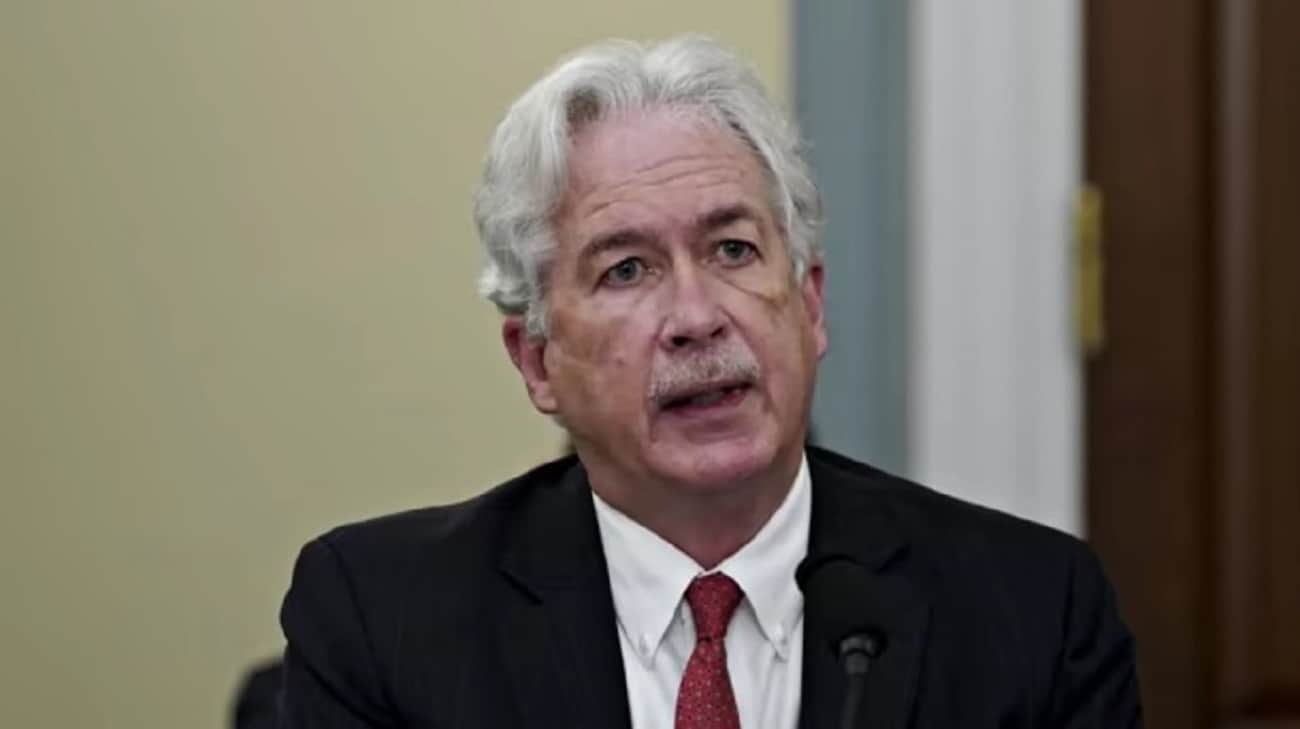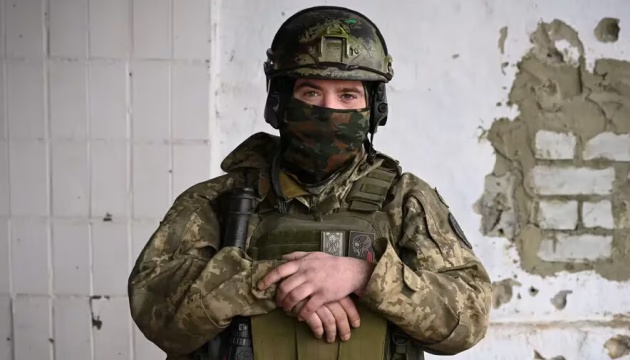ISW analyses CIA Director's statements on Kremlin's nuclear threats
Experts from the Institute for the Study of War (ISW) have analysed the statements made by US Central Intelligence Agency (CIA) Director William Burns regarding Russia's threats to use nuclear weapons. Source: ISW Details: CIA Director William Burns has urged the West not to be overly concerned by the frequent nuclear threats coming from Russia, which ISW has long identified as part of a Kremlin strategy aimed at discouraging Western support for Ukraine. During a panel discussion with United Kingdom Secret Intelligence Service Chief Richard Moore on 7 September, Burns noted that Russian leader Vladimir Putin will likely continue to make periodic threats of direct confrontation with the West but emphasised that these should not be a cause for alarm. Burns also revealed that the CIA had assessed the possibility of Russian forces considering the use of tactical nuclear weapons in Ukraine in the autumn of 2022, during which he communicated with Russia's Foreign Intelligence Service Director Sergei Naryshkin. This assessment came at a time when Russia’s nuclear rhetoric intensified as Ukraine's counteroffensive operations in Kherson and Kharkiv oblasts were successful. However, Burns suggested that this rhetoric was more likely a routine part of an information campaign designed to deter Western military aid to Ukraine rather than an actual indication of Russia's readiness to use nuclear weapons. The Kremlin has consistently used veiled nuclear threats during critical moments in Western political debates about further military support for Ukraine, as seen in the autumn of 2022. Nevertheless, ISW maintains that the likelihood of Russia resorting to nuclear weapons in Ukraine or elsewhere remains extremely low. To quote the ISW’s Key Takeaways on 8 September: Russian milbloggers continue to offer insights into how the Kremlin is co-opting select milbloggers to regulate the spread of information in Russia. The Kremlin has not yet succeeded in co-opting or silencing all Russian milbloggers, however. The milbloggers’ insights into such incidents suggest that the Kremlin is attempting to co-opt milbloggers or encourage them to self-censor, as opposed to a more aggressive policy of direct censorship. The Russian Investigative Committee is investigating a "mass brawl" between Russian ultranationalists and Central Asian residents in Afipsky, Krasnodar Krai, amid increased xenophobia against migrants and ethnic minorities in Russia. Ukrainian officials continued to announce a series of appointments among senior members of the Ukrainian cabinet on 8 September. Russian forces conducted counterattacks in Kursk Oblast amid continued Ukrainian offensive operations in the area on 8 September. Russian forces recently advanced near Toretsk and marginally advanced near Chasiv Yar. A Russian milblogger who formerly served as a "Storm-Z" unit instructor claimed on 8 September that the Russian military needs to improve the training of drone unit commanders. Support UP or become our patron!

Experts from the Institute for the Study of War (ISW) have analysed the statements made by US Central Intelligence Agency (CIA) Director William Burns regarding Russia's threats to use nuclear weapons.
Source: ISW
Details: CIA Director William Burns has urged the West not to be overly concerned by the frequent nuclear threats coming from Russia, which ISW has long identified as part of a Kremlin strategy aimed at discouraging Western support for Ukraine.
During a panel discussion on 7 September with Richard Moore, Head of the UK’s Secret Intelligence Service, Burns noted that Russian leader Vladimir Putin will likely continue to make periodic threats of direct confrontation with the West but emphasised that these should not be a cause for alarm.
Burns also revealed that the CIA had assessed the possibility of Russian forces considering the use of tactical nuclear weapons in Ukraine in the autumn of 2022, during which he communicated with Russia's Foreign Intelligence Service Director Sergei Naryshkin.
This assessment came at a time when Russia’s nuclear rhetoric intensified as Ukraine's counteroffensive operations in Kherson and Kharkiv oblasts were successful.
However, Burns suggested that this rhetoric was more likely a routine part of an information campaign designed to deter Western military aid to Ukraine rather than an actual indication of Russia's readiness to use nuclear weapons.
The Kremlin has consistently used veiled nuclear threats during critical moments in Western political debates about further military support for Ukraine, as seen in the autumn of 2022.
Nevertheless, ISW maintains that the likelihood of Russia resorting to nuclear weapons in Ukraine or elsewhere remains extremely low.
To quote the ISW’s Key Takeaways on 8 September:
- Russian milbloggers continue to offer insights into how the Kremlin is co-opting select milbloggers to regulate the spread of information in Russia.
- The Kremlin has not yet succeeded in co-opting or silencing all Russian milbloggers, however.
- The milbloggers’ insights into such incidents suggest that the Kremlin is attempting to co-opt milbloggers or encourage them to self-censor, as opposed to a more aggressive policy of direct censorship.
- The Russian Investigative Committee is investigating a "mass brawl" between Russian ultranationalists and Central Asian residents in Afipsky, Krasnodar Krai, amid increased xenophobia against migrants and ethnic minorities in Russia.
- Ukrainian officials continued to announce a series of appointments among senior members of the Ukrainian cabinet on 8 September.
- Russian forces conducted counterattacks in Kursk Oblast amid continued Ukrainian offensive operations in the area on 8 September.
- Russian forces recently advanced near Toretsk and marginally advanced near Chasiv Yar.
- A Russian milblogger who formerly served as a "Storm-Z" unit instructor claimed on 8 September that the Russian military needs to improve the training of drone unit commanders.
Support UP or become our patron!



